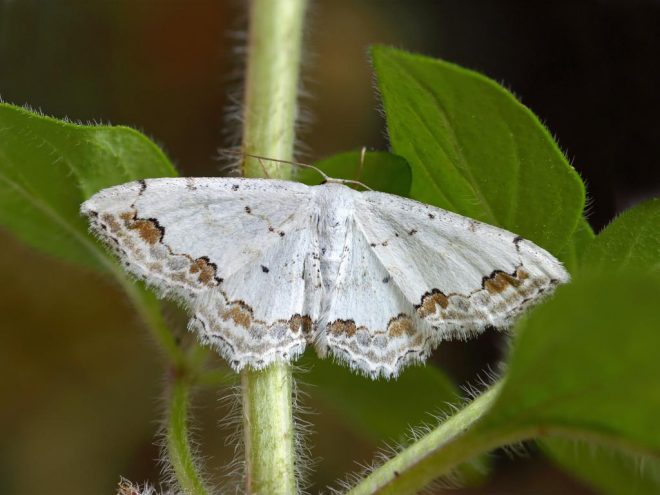New moth species is discovered in South Downs
August 15, 2022

A new rare and beautiful species of moth appears to have colonised the South Downs.
The day-flying Lace Border moth is thought to have flown across the Channel from the continent and found suitable locations for breeding and feeding at a site near Eastbourne.
After first spotting the elegant moth in 2020, butterfly expert Bob Eade has confirmed the moth has survived another winter and is back at the site. Bob said: “While out taking photographs I spotted a small white moth land nearby. Straight away I could see it was a moth I had never seen before, but at the time I didn’t know what it was. I only managed one quick photograph before it flew and landed in the middle of some very dense scrub.
“When I got home, I checked the books against the photo, and it was clear it was a Lace Border. The next day I returned and saw three. This year I have seen more than 30 in this same area.”
Since 1976 only four Lace Border moths had been seen in Sussex, so Bob’s discovery and subsequent counts suggest it has successfully established a colony and become established on the South Downs.
The site where the moth was discovered, Frog Firle Farm, is owned and managed by The National Trust.
It is thought that climate change might be a factor in this recent colonisation. The moth’s foodplants, marjoram and thyme, have been common and widespread across the Downs for many years but the moth has never previously become established.
 Tim Squire, a Ranger for the Eastern Downs of the National Park, said: “The South Downs has always been a national haven for butterflies and moths and this discovery adds another species to a very long list.
Tim Squire, a Ranger for the Eastern Downs of the National Park, said: “The South Downs has always been a national haven for butterflies and moths and this discovery adds another species to a very long list.
“The Lace Border moth is a real beauty and it’s amazing to see it in the south of England.
“Climate change may well be one of the factors here, so it’s also a sober reminder that research and regular wildlife monitoring are absolutely vital to help manage our fragile habitats.”
